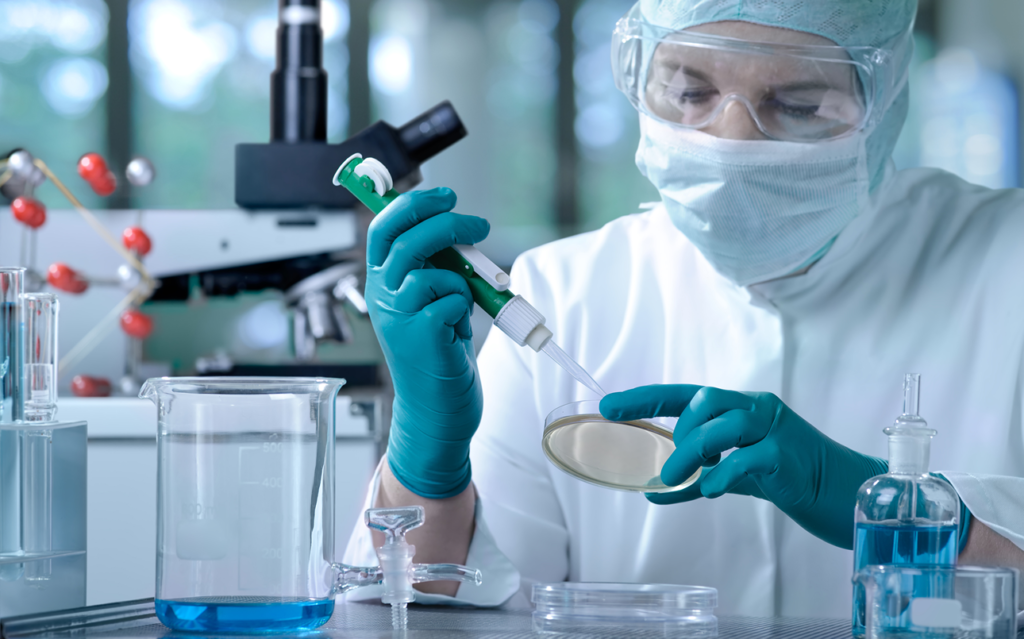Stem Cells – The Source of New
Tissue and Organs in a Living
Organism
Stem Cells – The Source of New
Tissue and Organs in a Living
Organism
Stem cells are the source of new tissue and organs in a living organism finance.asialogue. They
generate replacements for cells that are lost due to disease, injury, or normal wear
and tear. They also help regenerate damaged tissue.
All stem cells have the ability to differentiate (turn into different types of cells). A
stem cell’s differentiation is regulated by genes and signals from surrounding cells.

These signals include factors secreted by other cells, physical contact with
neighboring cells, and molecules in the microenvironment.
Embryonic stem cells are the most common type of stem cell. They are found in
early embryos at the blastocyst stage and give rise to the specialized cells, tissues,
and organs of the body.
In some cases, a person’s own stem cells can be “reprogrammed” to become an
induced pluripotent stem cell (iPSC). These iPSCs are more “pluripotent” than
embryonic stem cells because they have the same developmental properties.
Research using iPSCs has made it possible to study human biology and to develop
therapeutics that can be used to treat diseases. It has also led to an improved
understanding of how the genetic and molecular signals that regulate stem cell
division, specialization, and differentiation work.
Scientists can manipulate stem cells to produce specialized cells that can be used in
transplants or regenerative medicine. In these therapies, healthy stem cells are
injected into the patient to replace damaged or dysfunctional cells and promote
their repair. These therapies are being developed for patients with spinal cord
injuries, stroke, diabetes, osteoarthritis, amyotrophic lateral sclerosis, Parkinson’s
disease and other conditions.

Currently, the only stem cell-based therapies that are FDA-approved for use in
humans are blood-forming stem cells, called hematopoietic progenitor cells, that are
derived from cord blood. The cells are injected into patients with blood disorders
such as leukemia and lymphoma and have been shown to improve their condition.
Because stem cells are so powerful and versatile, scientists are trying to find ways to
manipulate them so that they can be more useful for treating people with specific
health conditions. For example, scientists are trying to reprogramme iPSCs to grow
into the retinal pigment epithelium (RPE) cells that are lost in some patients with
age-related macular degeneration. This would allow scientists to grow RPE cells in
the laboratory and then inject them into patients to help restore their vision.
Researchers are also looking for ways to make stem cells that can be injected into
other parts of the body, such as a damaged liver or kidney. These transplants are
called autologous transplants. These therapies can be a safe and effective option for
people who have other problems with these organs or cannot get them from a
donor.
These transplants are still experimental, and not all therapies have been tested in
clinical trials under the supervision of an FDA-approved investigational new drug
(IND). Because unproven therapies can be unsafe, many clinics advertise stem cell
therapies without submitting an IND.
The FDA has recently announced increased enforcement of regulations and
oversight of stem cell clinics. This includes requiring clinics to submit an IND before
starting clinical studies with iPSCs or other experimental treatments.
